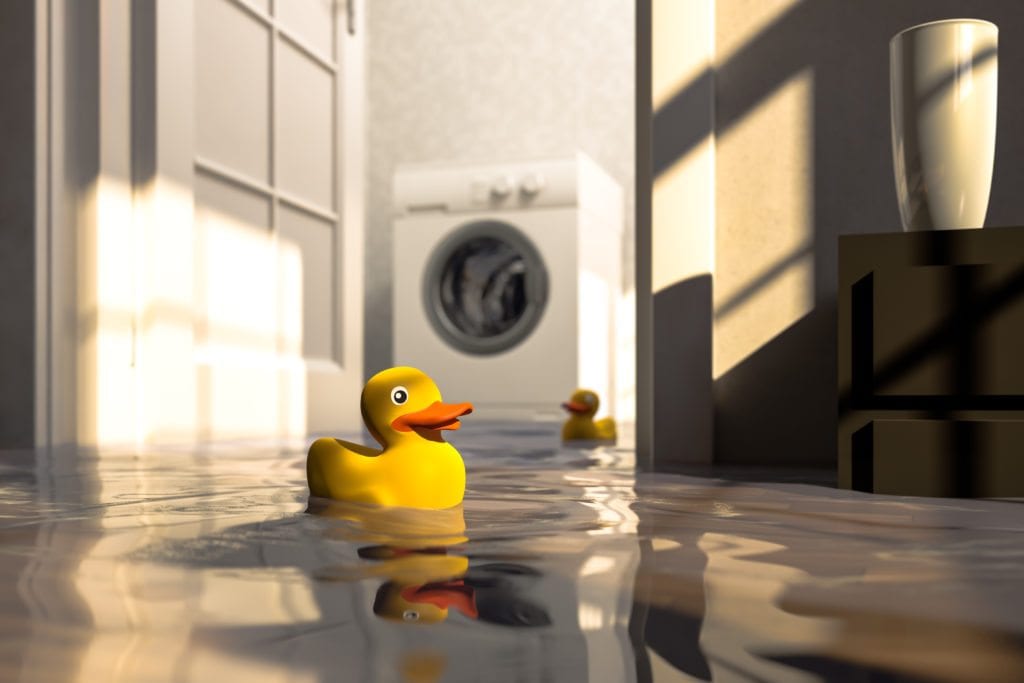How Smart Water Detection Systems Prevent Costly Flood Damage in Edmonton Homes

It’s a great feeling walking through your front door at the end of a long day. You drop your bags, kick off your shoes and get ready to settle in for a cozy, relaxing night. Nothing derails that perfect evening and creates panic quite like finding water in your home where it shouldn’t be. Water can come through a burst pipe, a backed up sump pump, or a malfunctioning appliance. This water intrusion can lead to thousands of dollars in property damage and even more frustration for homeowners.
Water damage is the single biggest cause for home insurance claims in Canada
Ensuring good drainage around your property, inspecting your home’s plumbing regularly, and testing your sump pump throughout the year can all help ensure that your home remains dry. Despite homeowners’ best prevention efforts, water damage incidents will still occur from time to time.
What happens when you do everything right and things still go wrong?
Installing monitored flood sensors, sump water level sensors, and low temperature detectors can help you discover flooding risks as soon as possible. With monitored security devices, an alarm signal is sounded locally and transmitted to a central monitoring station when water damage risk is detected. With the professional monitoring station aware of the emergency situation, you and your alternate emergency contacts will be called immediately to check on the potential flood situation and help limit the water damage to your property.
What environmental conditions cause these water damage sensors to alarm?
Flood Sensor Detection Methods
A flood sensor will trigger an alarm signal when its detection probes come into direct contact with water. These water detection devices are commonly installed near hot water tanks, toilets, washing machines, and other water-using appliances. Some flood sensor models require a minimum amount of time being submerged in water before generating an alarm signal. Be sure to ask about the water depth requirements and detection delay when considering this type of water damage prevention device.
Sump Water Level Sensors and Pump Monitoring
Sump water level sensors generate an alarm signal when the water level in your sump pit rises to a dangerous level that triggers the float sensor mechanism. The alarm signal could indicate that your sump pump motor is not working at all. The alarm could also indicate that the pump is unable to remove water as quickly as groundwater is entering the sump pit. With this monitoring device being triggered before floodwater has overflowed from the sump pit, you have advance warning to prevent basement flooding before it starts.
Low Temperature Detector and Freeze Prevention
A low temperature detector will generate an alarm signal when the ambient room temperature reaches a dangerously low level that could cause pipe freezing. Temperature sensor models can be purchased with fixed alarm set points ranging from 4 to 10 degrees Celsius. More advanced programmable sensors are available that allow you to set any temperature threshold between 0 and 99 degrees Celsius. Depending on the specific sensor model, the device may be programmed to alert you of dangerously high temperatures as well.
Professional Monitoring Benefits for Water Damage Prevention
Flood sensors, sump pump monitors and low temperature detectors can be a valuable addition to any professionally monitored home security alarm system.